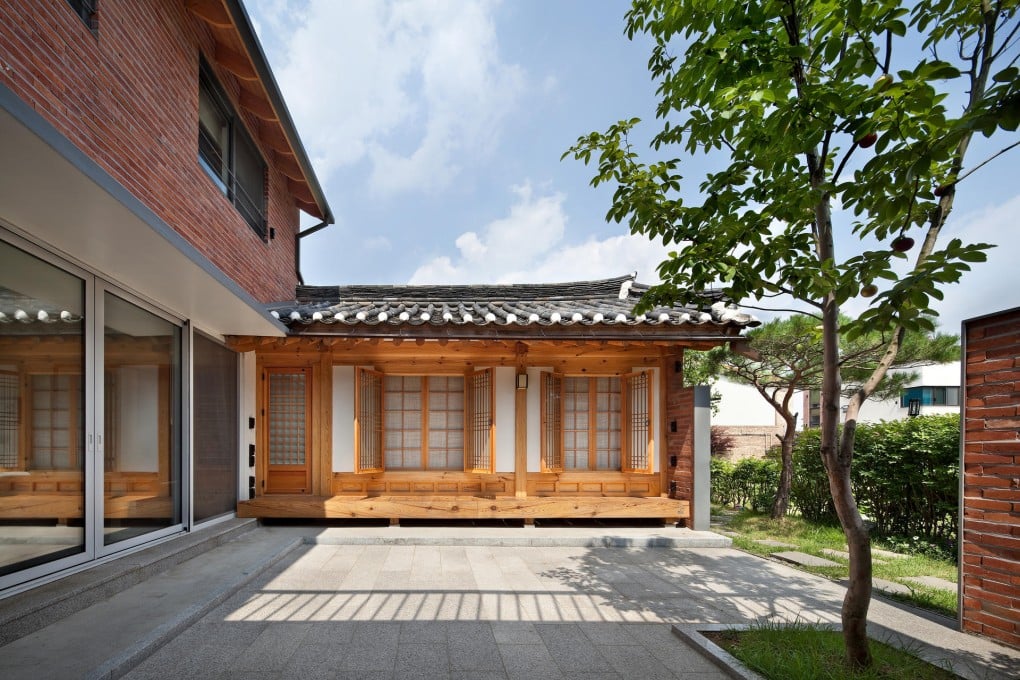New | Seoul preserves its personality in traditional urban architecture
Courtyard 'hanok' housing with tiled roofs and stucco exteriors resist the march of progress thanks to visual appeal and eco-friendliness

The South Korean wave of movies, television shows and pop music continues to wash around the world, promoting "brand Korea" on a tide not just of popular culture but of a growing interest in Korean language, cuisine and lifestyle. And, like the country's booming inbound tourism figures, this is all icing on the economics cake.
Less visible is a non-exportable, domestic-market component of the wave, helping Seoul and other cities such as Jeonju present their most fetching faces to the world.
As if realising - like countless other urban areas, almost too late - that what is shiny and new does not necessarily trump what is old, soundly constructed, visually appealing and eco-conscious, Seoul has to an extent resisted the march of "progress" by conserving some traditional single-storey Korean homes, or , thereby averting the threat of yet another identikit, globalised skyline. Not that city hall, however, has always steered a universally lauded course.
Seoul's Bukchon district is famous for its traditional courtyard homes, defined by tiled roofs and stucco or brick exteriors.
Stone, wood and clay are the only construction materials used. More abstract components, integrated in accordance with the principles of , the equivalent of fung shui, are sunlight and wind, which help determine auspicious sites.
Natural forces or not, such urban , many dating from as recently as the 1930s, owe their survival to the government's designating Bukchon a hanok-preservation district - despite objections from many residents who saw potential riches in selling out to developers. The Hanok Ordinance of 2002, incorporating tax breaks and repair subsidies for owners, aims to maintain the architectural beauty of traditional houses and improve their cultural value.
"We were deprived of by wars and later by modernisation of the city," says architect Cho Jung-goo of Seoul's Guga Urban Architecture. Its renovated in a wooded neighbourhood near Gye-dong is one of a dozen Seoul houses featured in Tuttle Publishing's , by Nani Park and Robert Fouser and photographer Lee Jong-keun.
